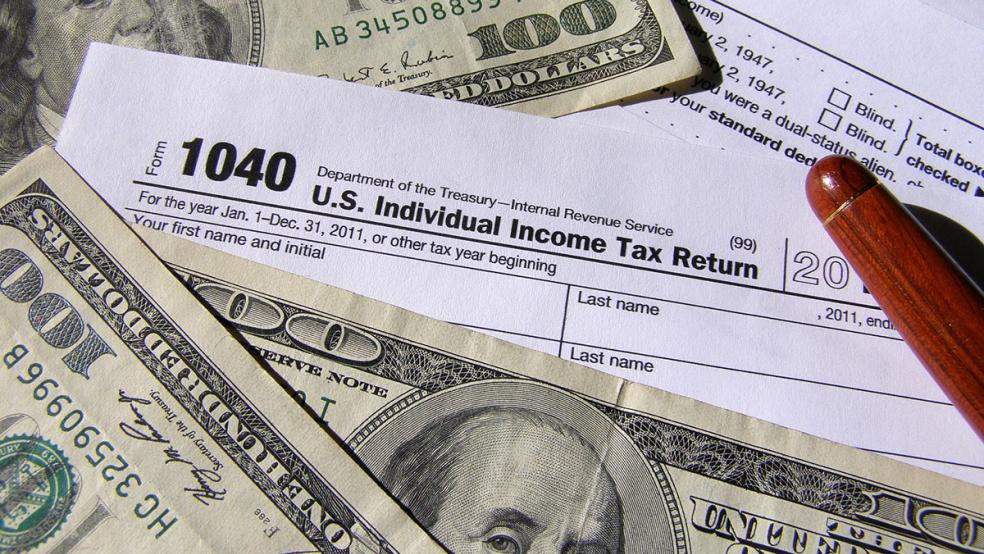This may be the last year for individuals to take advantage of four tax breaks before they disappear. Three are for homeowners, while the last helps grad students and those enrolled in continuing education classes.
Republicans in Congress aren’t interested in extending the tax code provisions that are expiring at the end of the year. Lawmakers left three dozen so-called tax extenders — breaks that have been renewed year by year — out of the $1.1 trillion stopgap year-end bill that would fund the federal government until April 28. Instead, they are eyeing a more sweeping overhaul next year, once the Trump administration and a new Congress are in place, that would simplify the tax code and lower rates.
The details of those coming tax changes aren’t clear yet, but the Tax Policy Center projects that Trump’s proposed reforms would cost about $6 trillion over 10 years and “significantly raise taxes for millions of low- and middle-income families with children, with especially large tax increases for working single parents.” As part of the overhaul, Trump has promised to reduce or eliminate most of the “deductions and loopholes” available to the rich.
Whatever shape the tax reform takes, these popular tax breaks are likely to be cut or capped as part of the reform:
1. Mortgage premium insurance deduction: This allows taxpayers to deduct their private mortgage insurance (PMI) premiums as interest on their tax returns. Homeowners must pay PMI if they contributed a down payment that was less than 20 percent of the home purchase price. This insurance protects the lender if the homeowner defaults on the mortgage.
Related: 8 Changes Coming to Your Taxes in 2017
The deduction, created as part of the Tax Relief and Health Care Act of 2006, was originally set to expire in 2007. But lawmakers have extended it repeatedly to continue to boost the housing market. In 2014, this deduction was taken on more than 4.2 million tax returns and saved taxpayers $5.95 billion (or $1,403 per return), according to the Tax Institute at H&R Block.
2. Mortgage debt relief exclusion: If a debt has been canceled or forgiven, typically that amount is taxable. But in 2007, the Mortgage Debt Relief Act exempted homeowners who had their mortgage restructured or debt forgiven due to a foreclosure or short sale, up to $2 million. In 2014, this deduction was taken on 53,728 tax returns and saved taxpayers $5.1 billion (or $94,210 per return), according to the Tax Institute.
3. Tuition and fees deduction: Individuals can deduct up to $4,000 in higher education expenses paid for themselves, their spouse or dependents during the year. This deduction was taken on more than 1.7 million tax returns in 2014 and was worth $3.87 billion (or $2,216 per return) to taxpayers, according to H&R Block’s Tax Institute.
Related: Why a Big Jump in Tax Cheating Is Just Around the Corner
4. Credit for energy-saving home improvement equipment: This credit, with a lifetime limit of $500, allows taxpayers to write off 10 percent of the cost of qualified energy-efficient improvements, such as insulation, exterior windows and doors, and certain roofs. The improvements must have been made by Dec. 31. “This is one you can actually take action on and do before the end of the year,” notes Jackie Perlman, senior tax research analyst with the Tax Institute. This deduction was taken on more than 2.3 million tax returns in 2014 and saved filers $518.4 million (or $223 per return).





